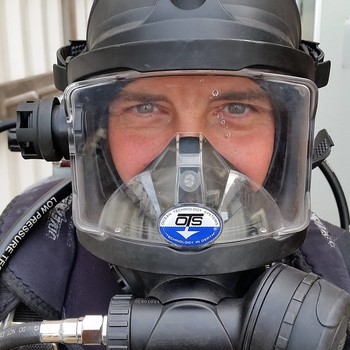If air over the warmer area rises, creating a lower atmospheric pressure, how would surrounding air move. Which way would the breeze likely flow at a beach on a hot day? During a cold night?
If air over the warmer area rises, creating a lower atmospheric pressure, how would surrounding air move (hint: think about what molecules are like in cooler temperatures as compared to warmer temperatures)? Which way would the breeze likely flow at a beach on a hot day? During a cold night?
If air over the warmer area rises, creating a lower atmospheric pressure, how would surrounding air move (hint: think about what molecules are like in cooler temperatures as compared to warmer temperatures)? Which way would the breeze likely flow at a beach on a hot day? During a cold night?
1 Answer
air moves from higher to lower pressure
Explanation:
When air is warmed its density is reduced and becomes buoyant rising so that a drop is pressure is created below it. As result colder and denser air will flow toward the center of the generated low pressure.
On a hot day the sand on the beach will become warmer than the sea surface and this heat will warm the air above the shore causing a temporary low-pressure. Colder air will then flow from the sea towards the shore (sea breeze).
At night the opposite happens with the sand cooling faster and more than the sea. In this case colder and denser air flows from the shore toward the sea (land breeze).

